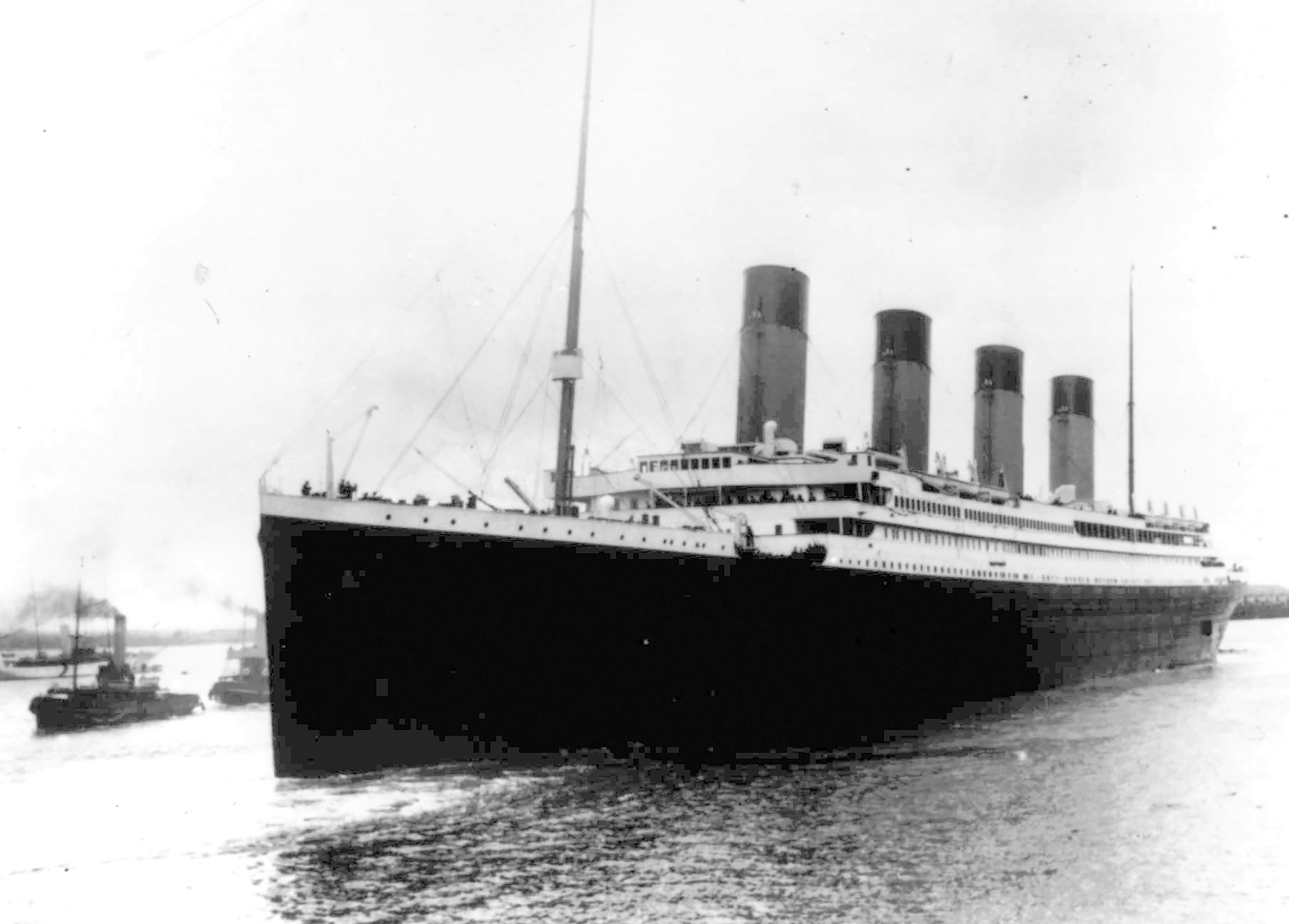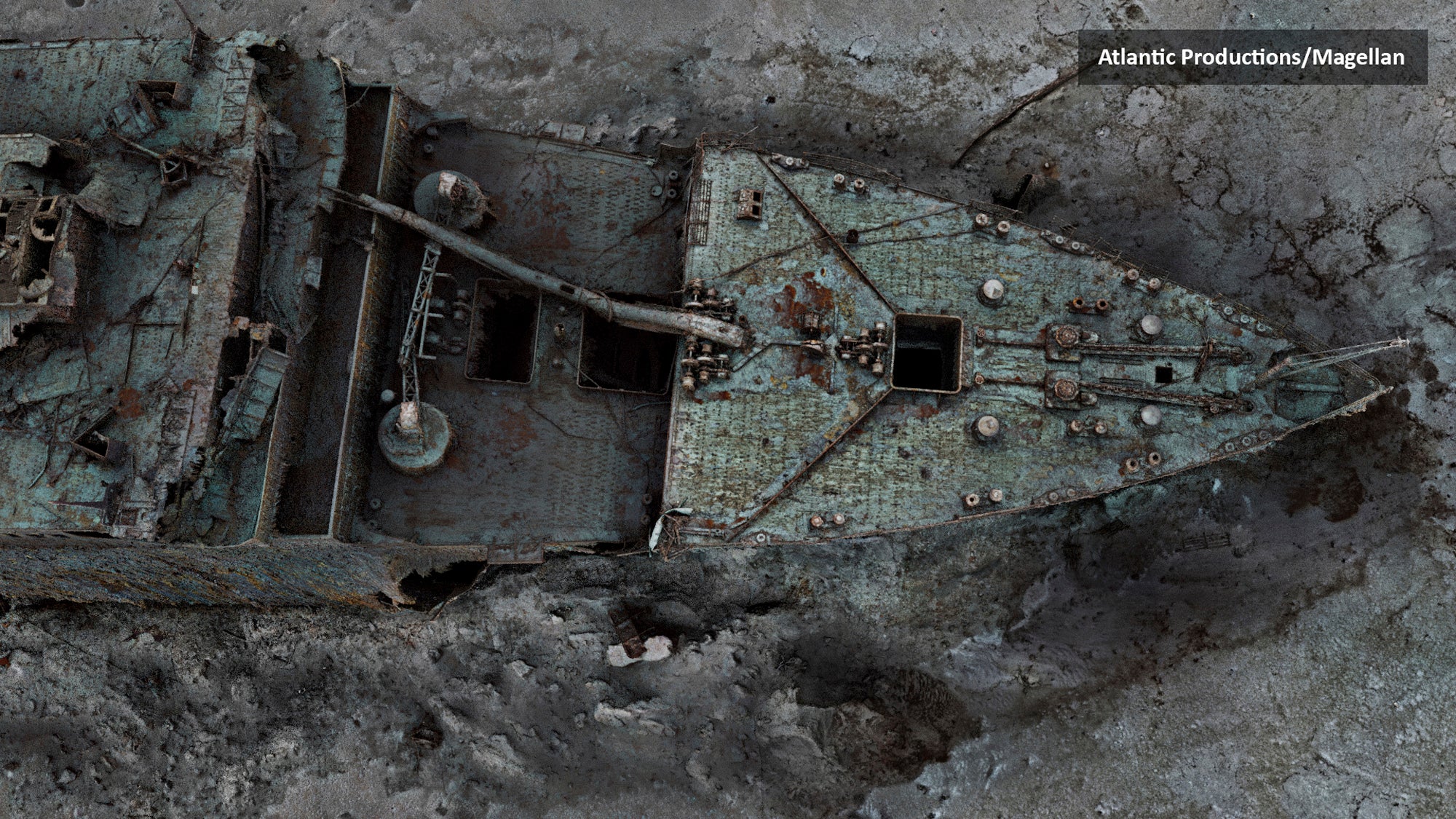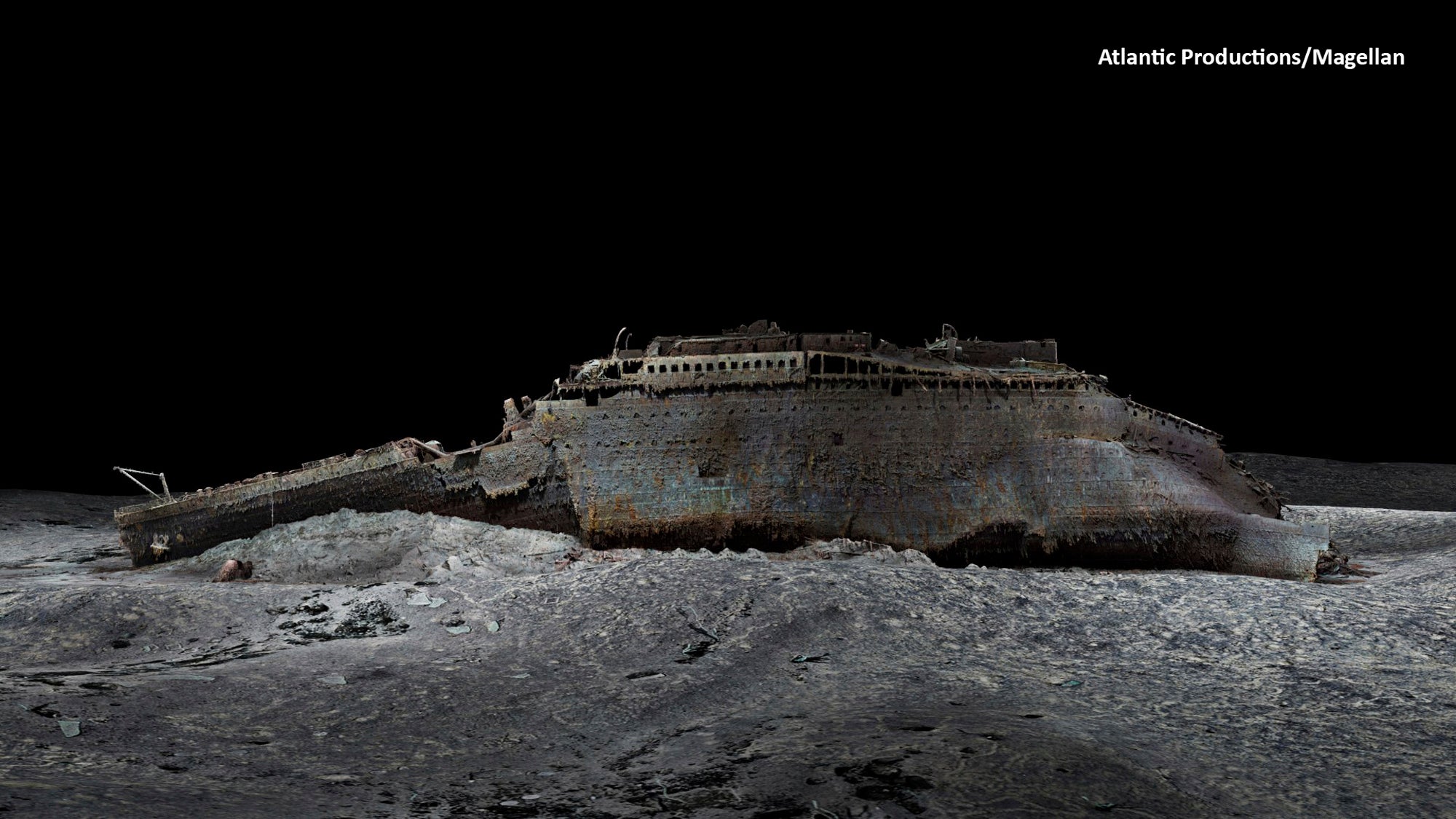A full-sized digital scan of the Titanic has revealed further insight into the doomed ship’s final moments and confirmed eyewitness accounts that engineers worked until the end to keep the lights on.
The 3D replica was created using underwater robots that travelled 3,800m down to the ocean bed of the Atlantic, with more than 700,000 images taken to create a “digital twin” of the wreckage.
A computer simulation has also indicated that punctures in the hull, which are the size of A4 pieces of paper, likely led to the sinking, which led to the loss of 1,500 lives after the ship hit an iceberg in 1912.
Among the new details discovered by the scan is a porthole that was likely smashed by the iceberg. This appears to corroborate eyewitness accounts from survivors that ice had entered people’s cabins during the collision.

“Titanic is the last surviving eyewitness to the disaster, and she still has stories to tell,” said Parks Stephenson, a Titanic analyst.
The scan has been produced for a new documentary by National Geographic and Atlantic Productions called Titanic: The Digital Resurrection.
“It’s like a crime scene: you need to see what the evidence is, in the context of where it is,” said Parks Stephenson.
“And having a comprehensive view of the entirety of the wreck site is key to understanding what happened here.”

Despite the Titanic’s manufacturers claiming that the line was unsinkable, it suffered colossal damage when an iceberg ripped through six watertight compartments, causing the ship to flood.
Over the course of the following hours, it began to tilt dramatically with passengers reporting that the lights were still on when it plunged under the waves.
Given that the boiler room sits at the rear of the bow section where the ship broke in two, experts can see that some of the boilers are concave, which suggests they were still operational.
A valve can also be seen in an open position, indicating steam was still flowing into the electricity generating system.

The group of engineers responsible for staying behind to shovel coal into the furnaces all perished in the disaster, giving their lives to ensure that the lights remained on for crew members to launch lifeboats.
The simulation of the ship also shows that despite the vessel making only a glancing blow against the iceberg, it caused a series of punctures to rip through in a line across the hull.
“The difference between Titanic sinking and not sinking are down to the fine margins of holes about the size of a piece of paper,” said Simon Benson, an associate lecturer in naval architecture at the University of Newcastle.
“But the problem is that those small holes are across a long length of the ship, so the flood water comes in slowly but surely into all of those holes, and then eventually the compartments are flooded over the top and the Titanic sinks.”
Titanic, which was owned and operated by the British company White Star Line, sank during the early hours of 15 April, with the scan also revealing the personal possessions of passengers that litter the surrounding seabed.
The wreck is deteriorating rapidly under the water and could disappear completely within the next 40 years.














